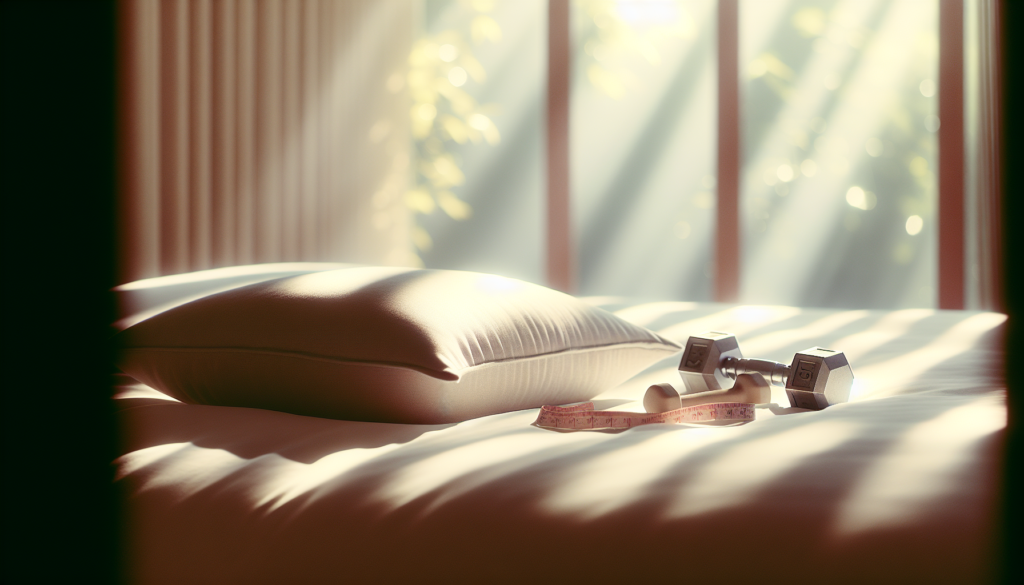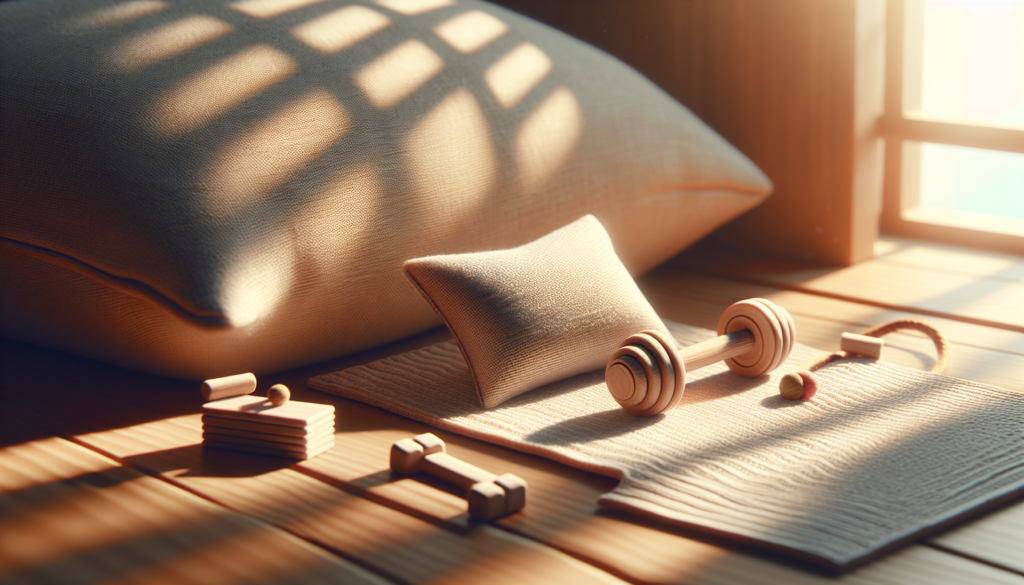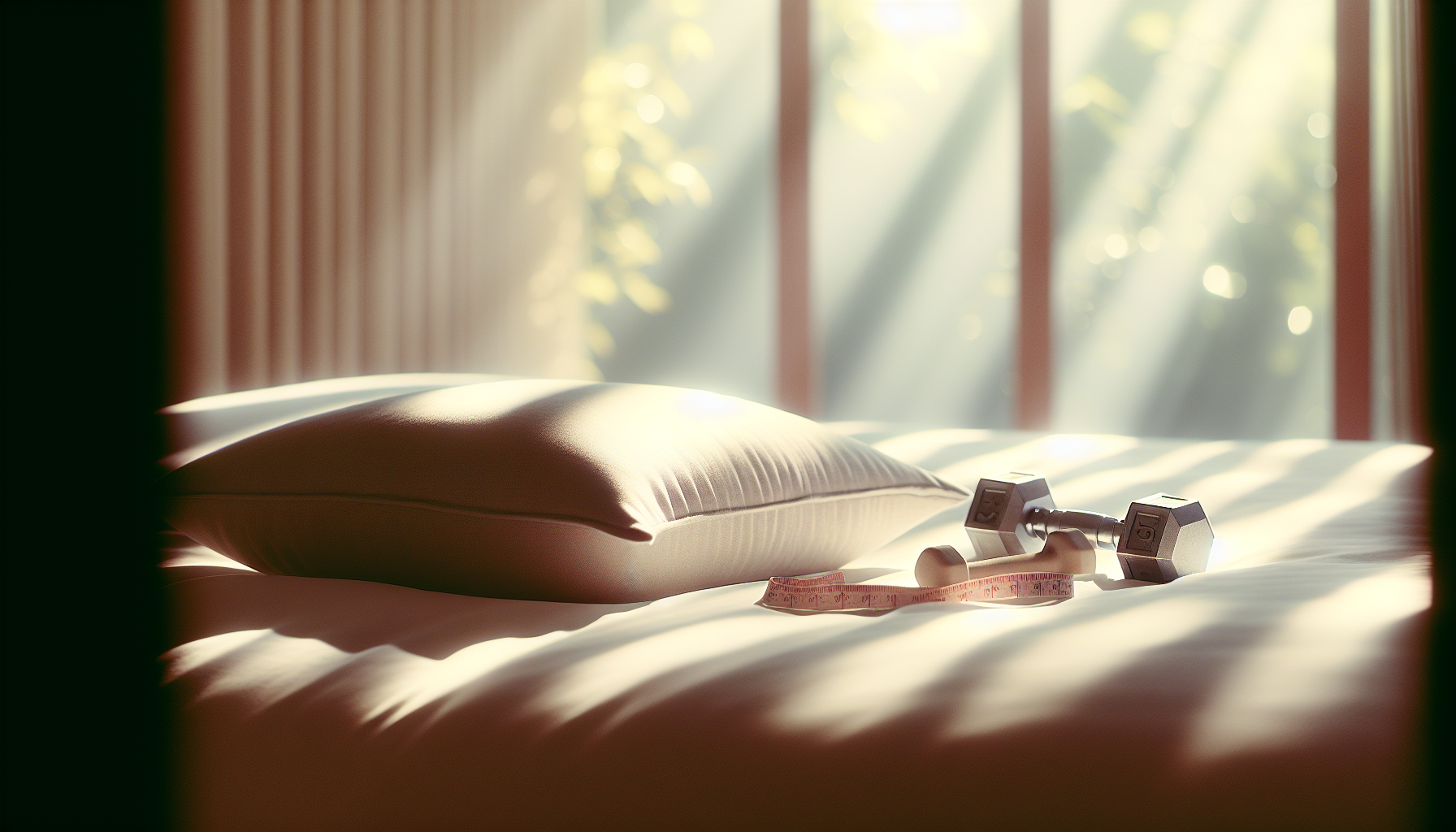Have you ever felt that overwhelming urge to crawl into bed and sleep immediately after a workout? No, it’s not just your body’s sneaky way of sabotaging your productive day; it’s nature’s way of suggesting that your heroic efforts in the gym warrant a proper pause—a nap, if you will. Apparently, the muscle fairy demands a siesta before she blesses you with a body that looks like it was sculpted by Michelangelo himself.
Why Napping After a Workout Is More Refreshing Than a Kale Smoothie
Let’s be real, the idea of napping was likely conceived by someone who discovered they were better at sleeping than, say, folding themselves into a pretzel in a yoga studio. But it turns out those blissful, post-exertion siestas are not just a lazy indulgence—they’re actually a fitness game-changer. You’ve heard of the Holy Trinity in fitness: Exercise, Nutrition, and Rest. Well, rest doesn’t just mean watching reruns of that show you’ve already seen seven times while sprawled on the couch. It means catching some Zs.
How does a nap help? Well, imagine your muscles as needy children. After a workout, they crave attention, nourishment, and someone to tuck them in for a nice long nap. When you oblige, your body repays you by repairing tissue, replenishing energy, and preparing for that next unsolicited session of CrossFit.
The Science Behind Snoozing and Losing (Weight)
You know what they say—science works in mysterious ways. Much like your uncle at family gatherings, except science doesn’t fall asleep in the recliner with a plate of nachos on its belly. Dr. Sandman and his cohorts (real scientists, mind you, not characters from a ’90s cartoon) have found that sleep plays a crucial role in releasing growth hormones. These little magic workers help repair tissues, build muscle, and even burn fat while you snore away like it’s an Olympic sport.
According to studies, taking naps can alleviate the chronic sleep deprivation some of us have embraced like an old friend. This also bolsters your immune system—which means fewer sick days and more time to work those bunkers of steel you’ve been dreaming of.
Table 1: The Benefits of Post-Workout Napping
| Benefit | Description |
|---|---|
| Muscle Recovery | Enhances muscle repair and growth |
| Reduced Fatigue | Replenishes energy levels |
| Improved Performance | Optimizes performance for future workouts |
| Enhanced Mood | Releases feel-good hormones, reducing stress |
| Mental Alertness | Improves cognitive function, making you alert and focused |
How Long Should Your Nap Last to Avoid Looking Like a Sleep-Drunk Zombie?
Ah, the age-old question—how long should one nap without accidentally waking up in a state of drooling confusion? Well, like the perfect pasta boil time, there’s a bit of wiggle room here.
The Power Nap (10-20 minutes)
These catnaps, or micro-sleeps if you want to sound hip and tech-savvy, are the espresso shot of naps. They provide a quick recharge without the dreaded grogginess that can make you feel like you just woke up in an alternate dimension where vegetables taste like chocolate.
The Full Cycle Nap (90 minutes)
If you crave something more decadent—a foie gras of naps, if you will—you might aim for a complete sleep cycle, which generally lasts around 90 minutes. This extended nap will allow you to drift through all the stages of sleep, waking refreshed and ready to tackle the day—or at least the mountain of laundry judging you from the corner of the room.

Timing Your Post-Workout Nap: When the Stars Align
You might be tempted to flit off to sleep the moment your sneakers are off post-workout. However, timing, much like comedy (and dodging puppy puddles), is everything.
Napping too soon after exercising might leave you tossed on a sweat-soaked bed of discomfort. It’s advisable to allow a 30-60 minute cooldown; this way, your body gets its act together, and your temperature returns to baseline so you don’t roast yourself like a human marshmallow.
To Nap or Not to Nap: When It’s Not a Good Idea
If you notice some oddities—like your boss frowning at your suggestion to install nap pods in the office, or a spouse yelling that you sleep more than their unboxing cat—perhaps reflect on your napping strategy.
Afternoon naps and quality nighttime sleep might clash if you’re not careful. They should be as harmonious as yin and yang, not as competitive as you and your dislike for burpees. If afternoon naps interfere with your beauty rest, it might be advisable to adjust the nap length and time.
The Nap Couch: Your Soft, Cozy Recovery Hub
Replica of a NASA test, isn’t it? Finding the ultimate nap location is half the battle. Just imagine a sleeping lion—now copy it, but without the scary roar prospect.
How about experimenting with a dedicated nap sofa? Or maybe a solid, charmingly old bed catching the dusk light? Your napping prowess will increase for sure when draped on a couch looking like a less creepy descendant of Dracula, or curled like a Danish cinnamon roll.
Napping Accessories: Featuring the Must-Haves That Don’t Include Unicorn Slippers
Want to take your nap game up a notch without ending up starring in a furniture commercial? While slippers shaped like mystical horses might tempt you, consider these instead:
- Eye Mask: It’s like slapping an invisibility cloak on your eyelids.
- White Noise Machine: Because ‘The Chainsmokers’ have no songs about symphonies for no reason.
- Aromatherapy Diffuser: Two words: lavender dreams.
- Weighted Blanket: Like a firm hug, minus the confetti of awkwardness.

The Glamorous Aftermath: Wake-up and Revitalize
Waking up from a nap can either feel like emerging from a spa or clawing out of a crypt. To ensure you drift towards the former, initiate a gentle wake-up process. Establish a quiet alarm to tenderly nudge you awake.
Consider a few simple stretches. This helps to unfurl those body fibers that may be tangled from sleep, leaving them as smooth as jazz ballads and ready for evening plans—like watching all those workout videos as you remain deliciously prostrate on your living room rug.
FAQs: Let’s Answer Those Burning Questions
It’s normal to have questions, usually owing to vigorously pondering them—or maybe just being awake at 3 a.m. Here’s your handy FAQ to address potential nap-related peculations:
Should I Nap Even If I’ve Already Slept Well at Night?
Napping doesn’t merely compensate for lack of sleep. It acts as a powerful recharger for both body and mind, enhancing workout recovery, much like how your avocados enhance your midnight snacks.
Can a Nap Replace Night-time Sleep?
That’s a hard “nope.” Substitute daytime shut-eye doesn’t replace core nocturnal sleep—it’s more like having a bowl of cereal instead of an entire meal. Sure, it’s crunchy and satisfying but eventually, you’ll yearn for something a bit more fulfilling.
Aren’t I Just Being Lazy by Napping?
Perish the thought! Embrace napping like a pro. The benefits pay off, and your achievements get a stamp of approval from the world of science. Laziness, after all, rarely results in reinforced immunities and toned calves.
Final Thoughts and Snooze Wishes
Napping has proudly graduated from the annals of bedtime stories into the world of health-enhancing tools. It’s a noble art, standing tall in the realm of well-being. With this cozy magic, you’ll enhance performance, support recovery, and keep those stress monsters at bay, all while wandering through dreamland.
So whenever sleep calls, answer enthusiastically—it’s likely Dr. Sandman reminding you about the marvelous gains waiting on the other side of that blissful snooze.
